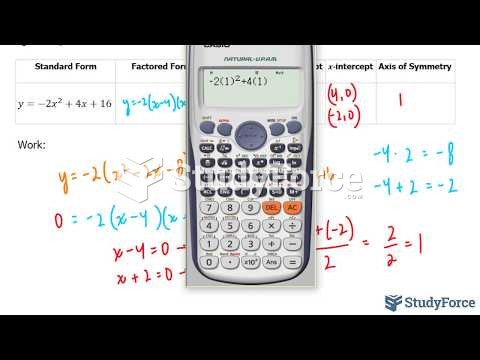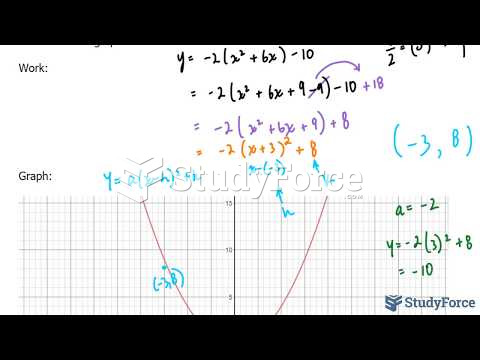Use the following information for the question(s) that follow.
Tony, a high school junior, has a somewhat difficult time in school compared to his peers, particularly with word problems in math and other areas that aren't tangible. In spite of high motivation, he still struggles, and new situations and problems "throw him" more than they do his classmates. In order to succeed, he needs a lot of practice, and his approach is somewhat more "mechanical" than that of his peers. He comments, "I need to be able to 'see it' to understand it. Some of these ideas are just too abstract for me. Who cares about what would have happened if the Crusades had been more successful for Christianity? I can get it though, if I get enough practice." When he gets frustrated, he retreats to his room where he plays his guitar; he has even done some of his own arrangements. Tony is very skilled at working with people, and some of his peers turn to him as an arbitrator when clashes occur in club and other organizational meetings.
If we were asked to assess Tony's intelligence according to researchers' and experts' traditional conceptions of intelligence, which of the following is the most valid prediction?
◦ He will probably score lower on a test of intelligence than his typical peers.
◦ He will probably get a score on an intelligence test that is similar to that of his typical peers.
◦ He will probably score higher on an intelligence test than his typical peers.
◦ We don't have enough evidence in the case study to assess his intelligence based on researchers' traditional conceptions of intelligence.







